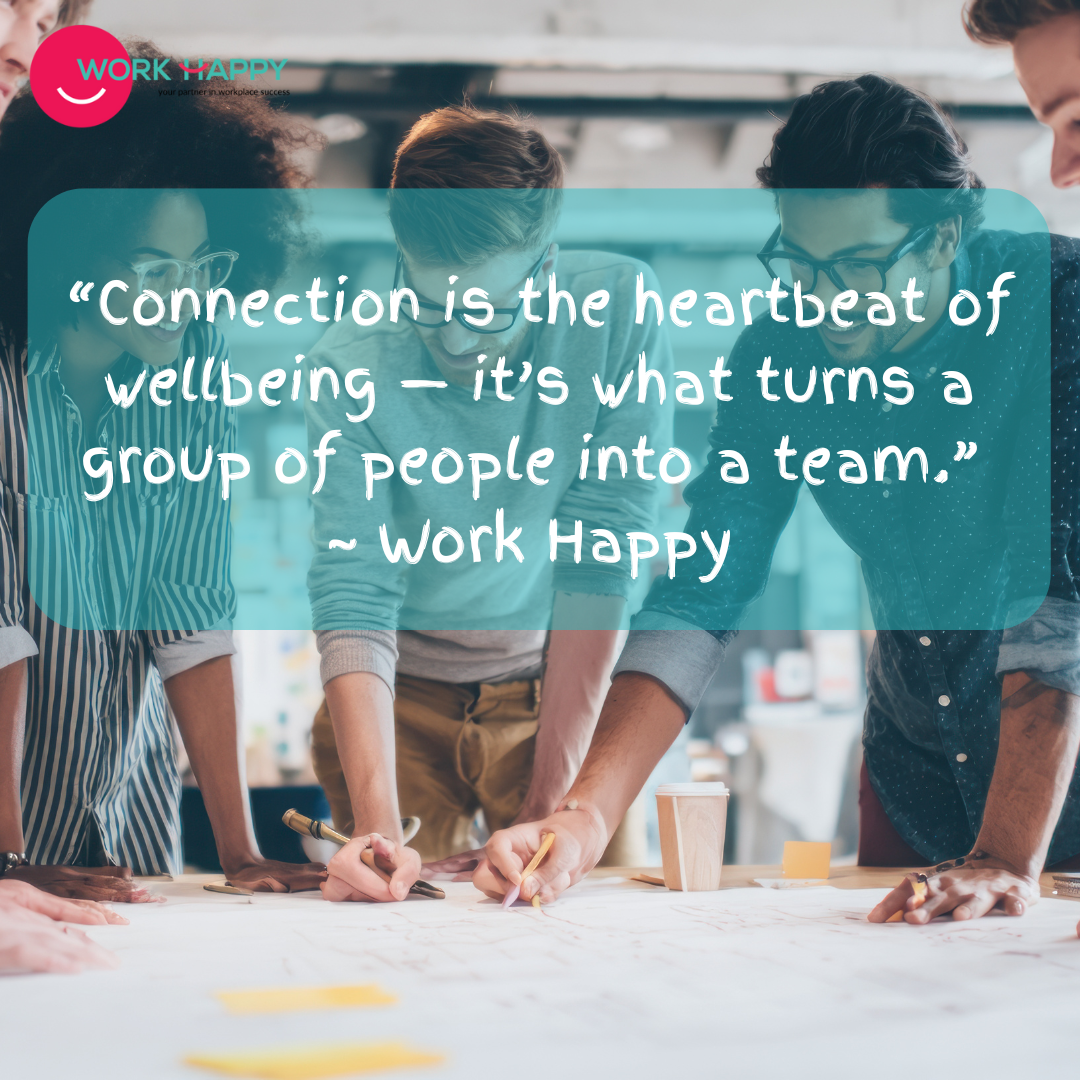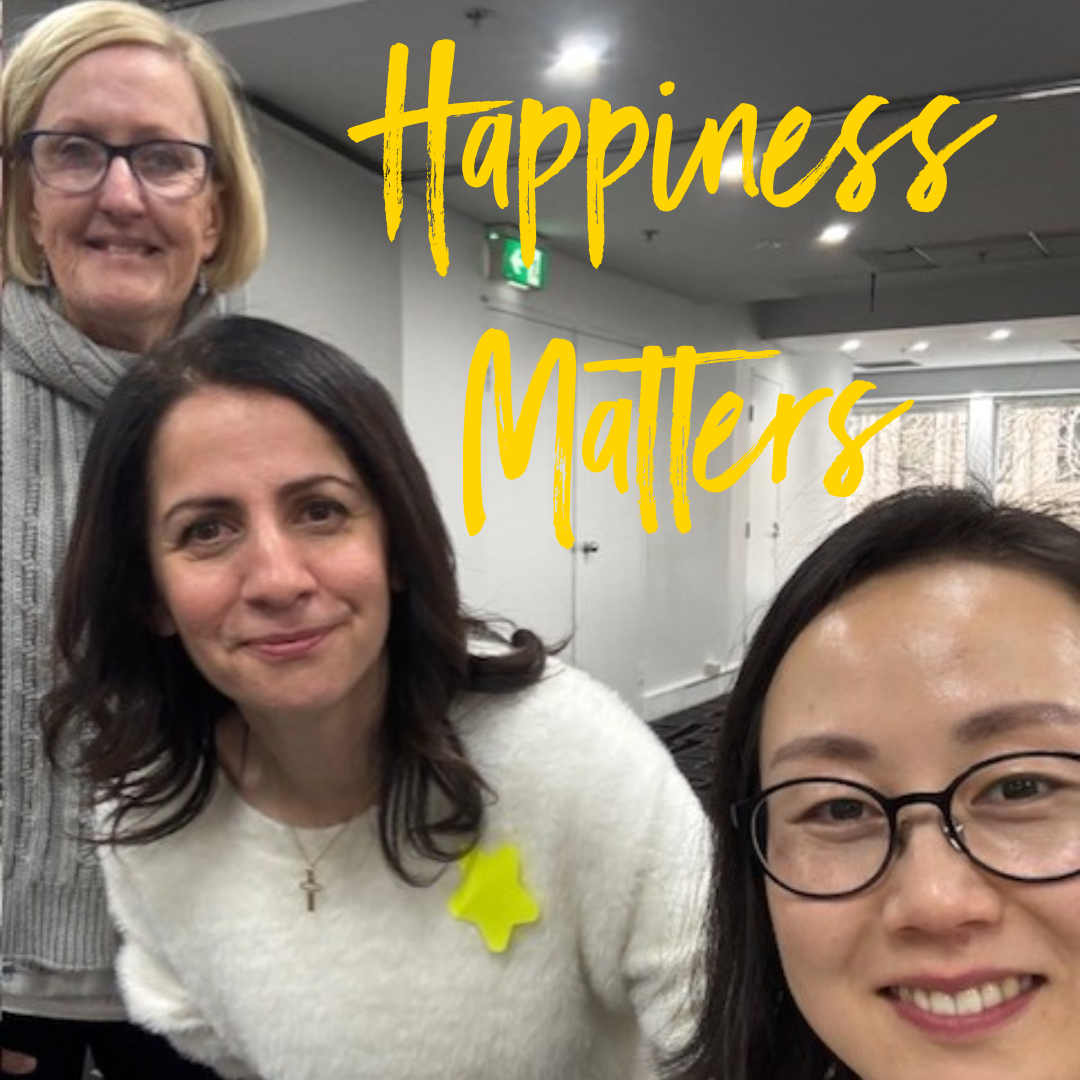
As the seasons change, so do our moods, and for some, those changes run much deeper than a case of the “winter blues.”
“A few winters ago, I noticed something subtle but persistent, I felt foggy, unmotivated, and unusually low despite nothing being wrong. I wasn’t burnt out, but my energy was drained. Work felt harder than usual. I chalked it up to a long stretch of cloudy days… until someone gently mentioned it might be Seasonal Affective Disorder (SAD).
Since then, I’ve realised I’m not alone. Many people experience a noticeable shift in mood and energy as the seasons change — and this isn’t just a personal issue; it’s a workplace wellbeing issue too.”
Many leaders and organisations don’t realise is this: SAD can have a significant impact on workplace wellbeing, productivity, and team dynamics.
Let’s unpack what SAD is, how it affects team members, and what we can do to support each other through the darker months.
What Is Seasonal Affective Disorder?
Seasonal Affective Disorder (SAD) is a type of depression that follows a seasonal pattern, most commonly emerging in autumn and winter when daylight hours decrease and subsides in spring or summer. It’s thought to be linked to:
Common symptoms include:
How SAD Affects People at Work
In most work settings, SAD can show up in subtle but impactful ways:
What Employers and Managers Can Do
Supporting your team through seasonal shifts doesn’t require clinical expertise, just awareness, empathy, and a few proactive strategies:
Promote Natural Light
Offer Flexibility
Foster Connection
Educate Your Team
Encourage Use of Work Happy EAP or Support Services – 1300 796 640.
Looking Ahead…………………
SAD reminds us that mental health isn’t seasonal, but our environment can play a powerful role in how we feel and function. As the seasons change, a supportive workplace can make all the difference.
Whether you’re a team leader, HR professional, or simply someone who wants to show up better for your colleagues, being mindful of seasonal wellbeing is a step toward a more empathetic, human-centred workplace.
Have you noticed a shift in mood or energy in your team during certain times of year? Let’s open the conversation.










